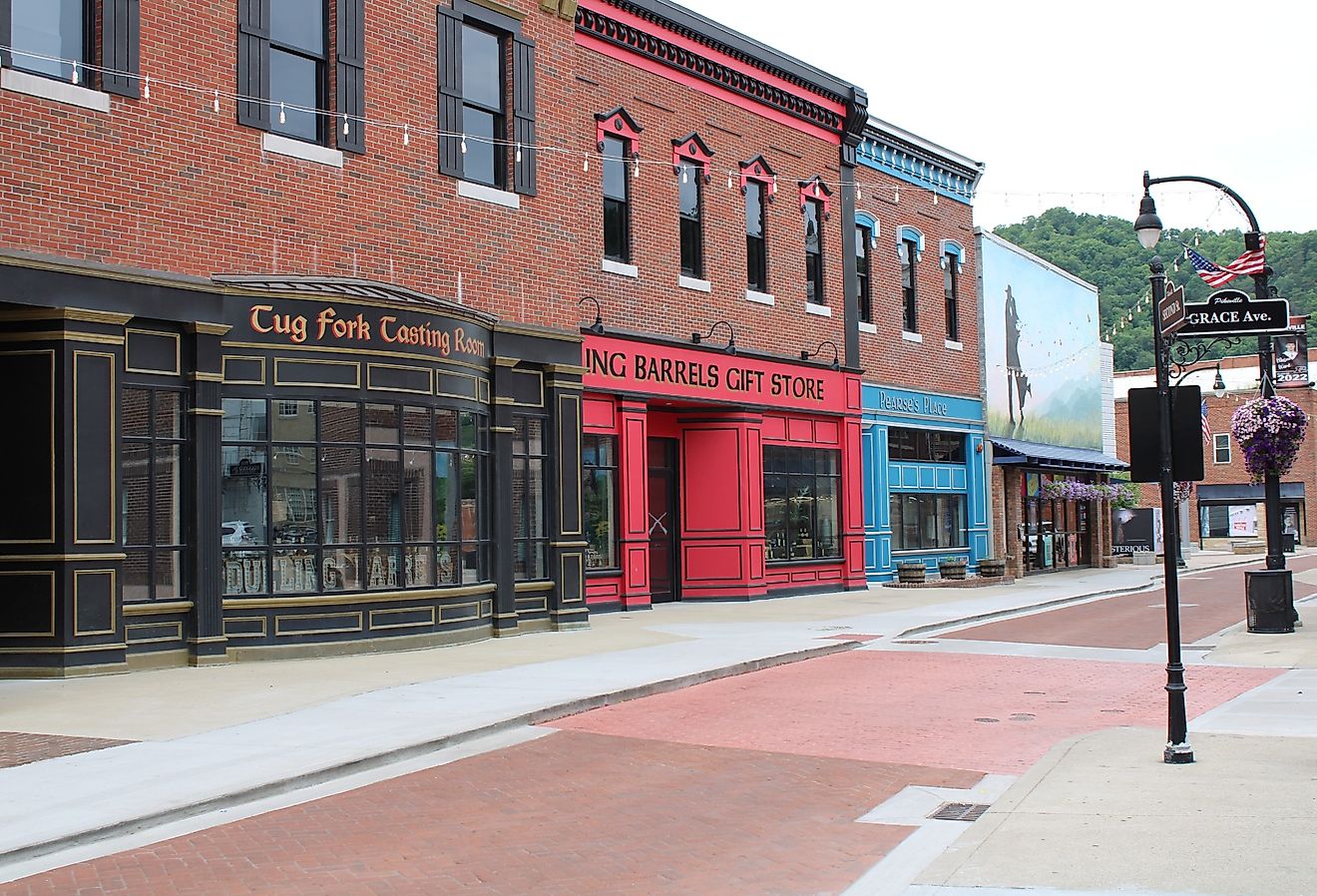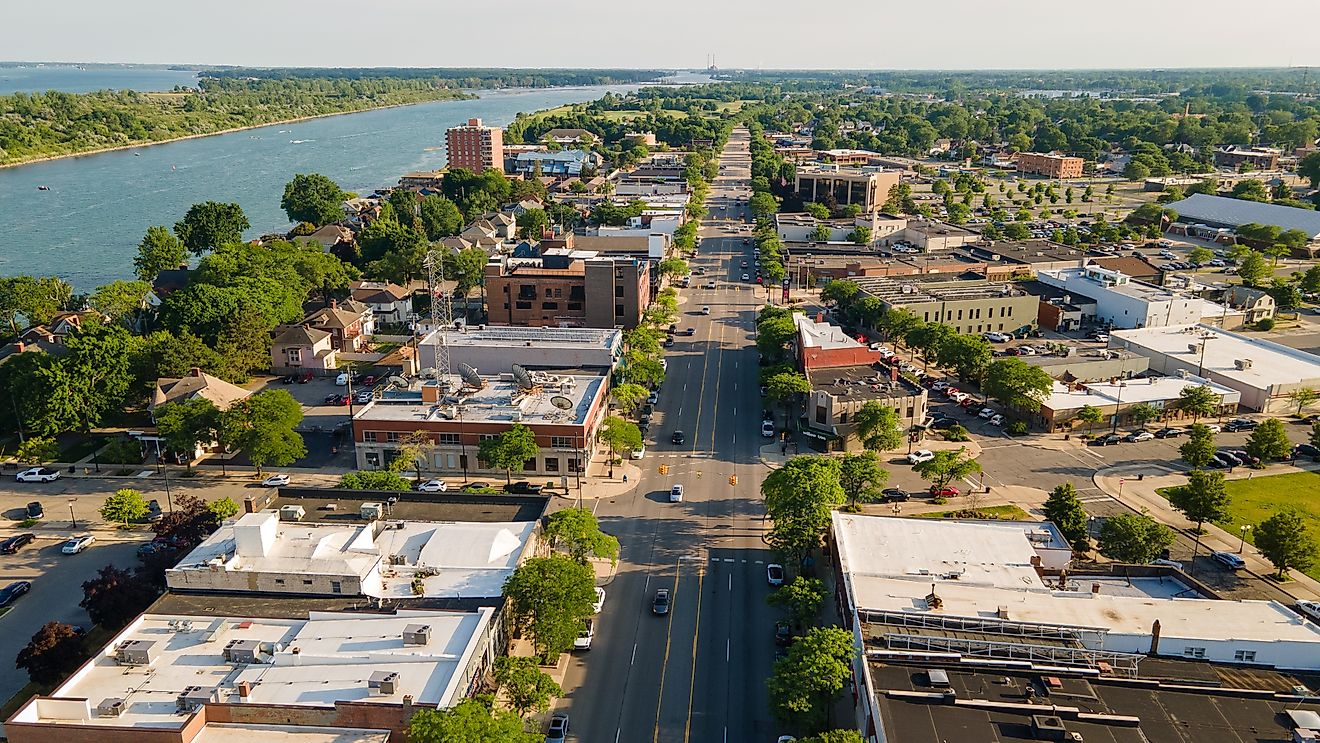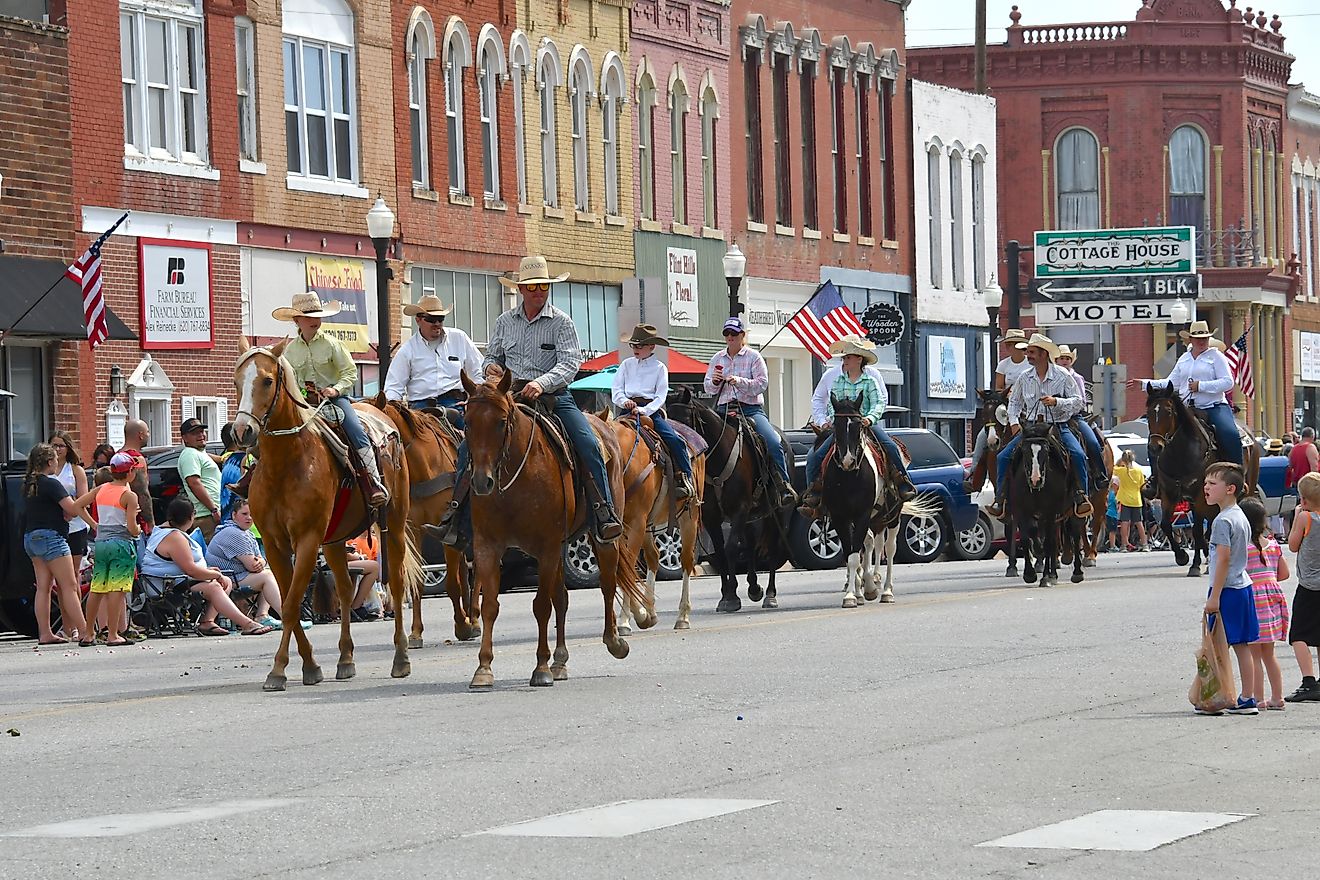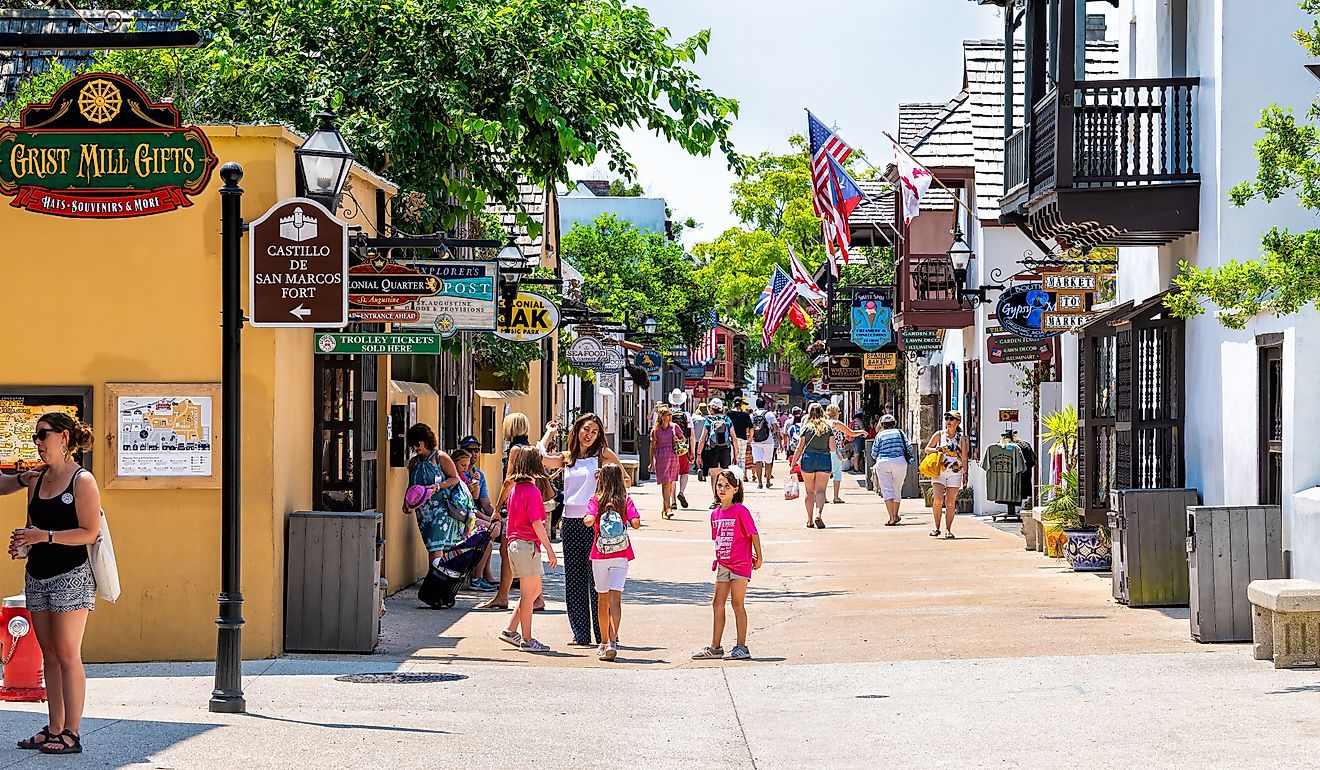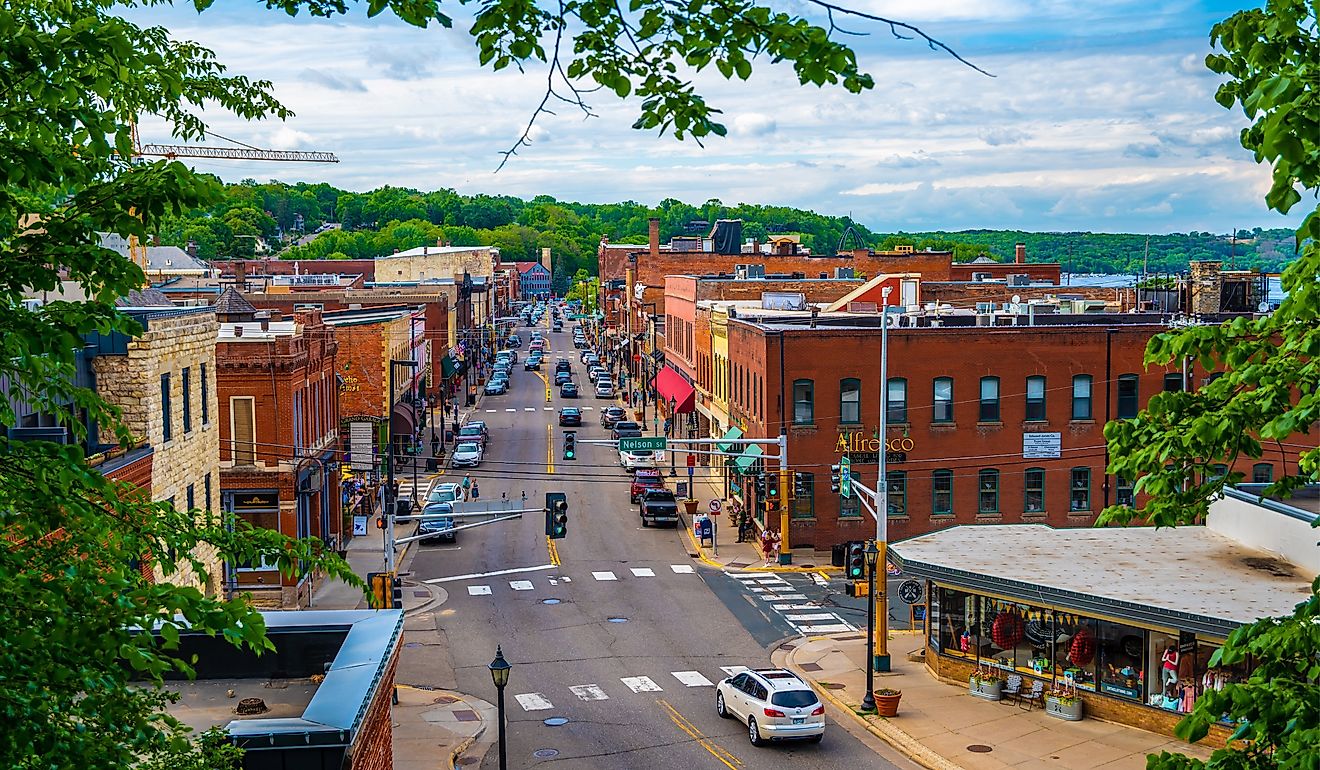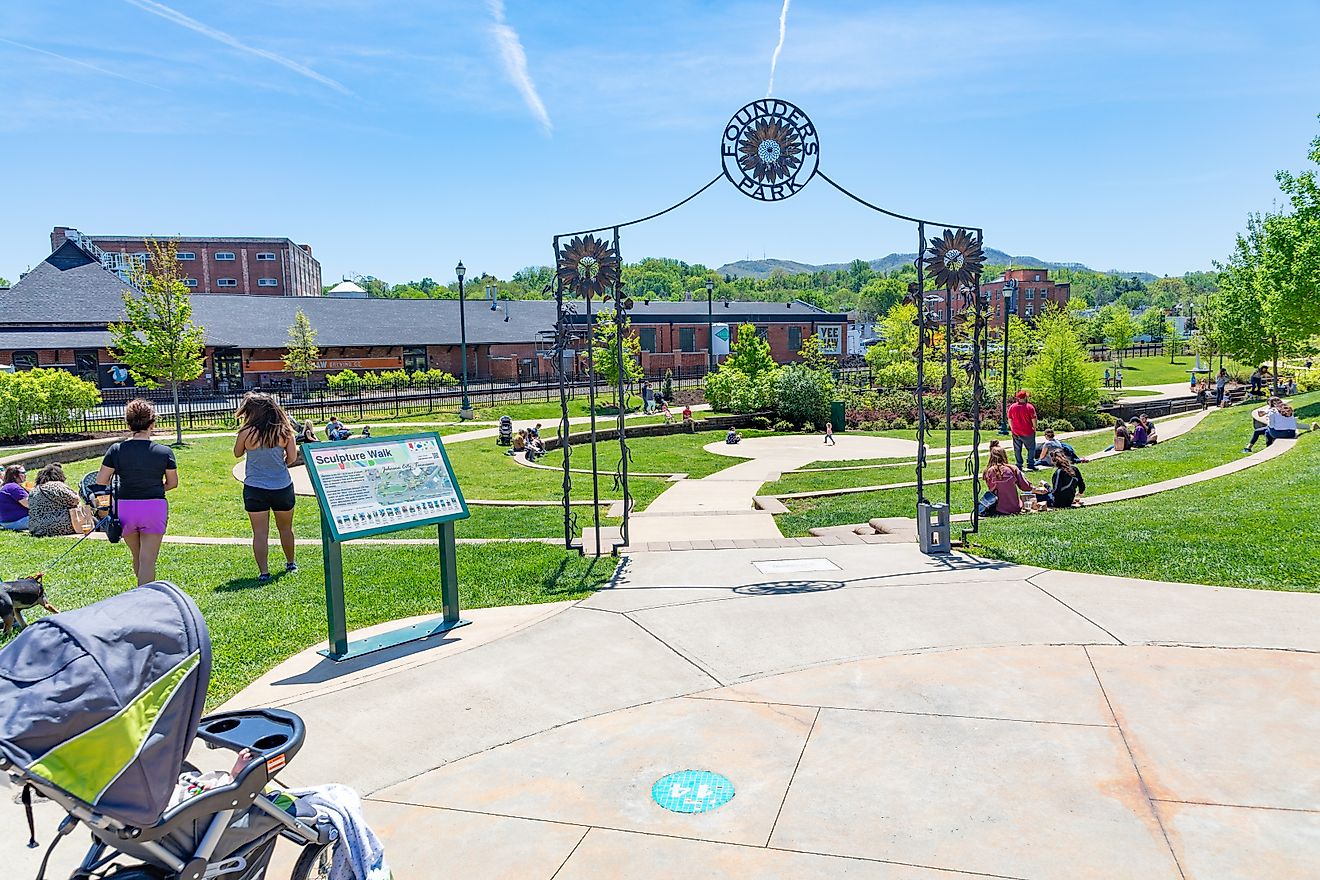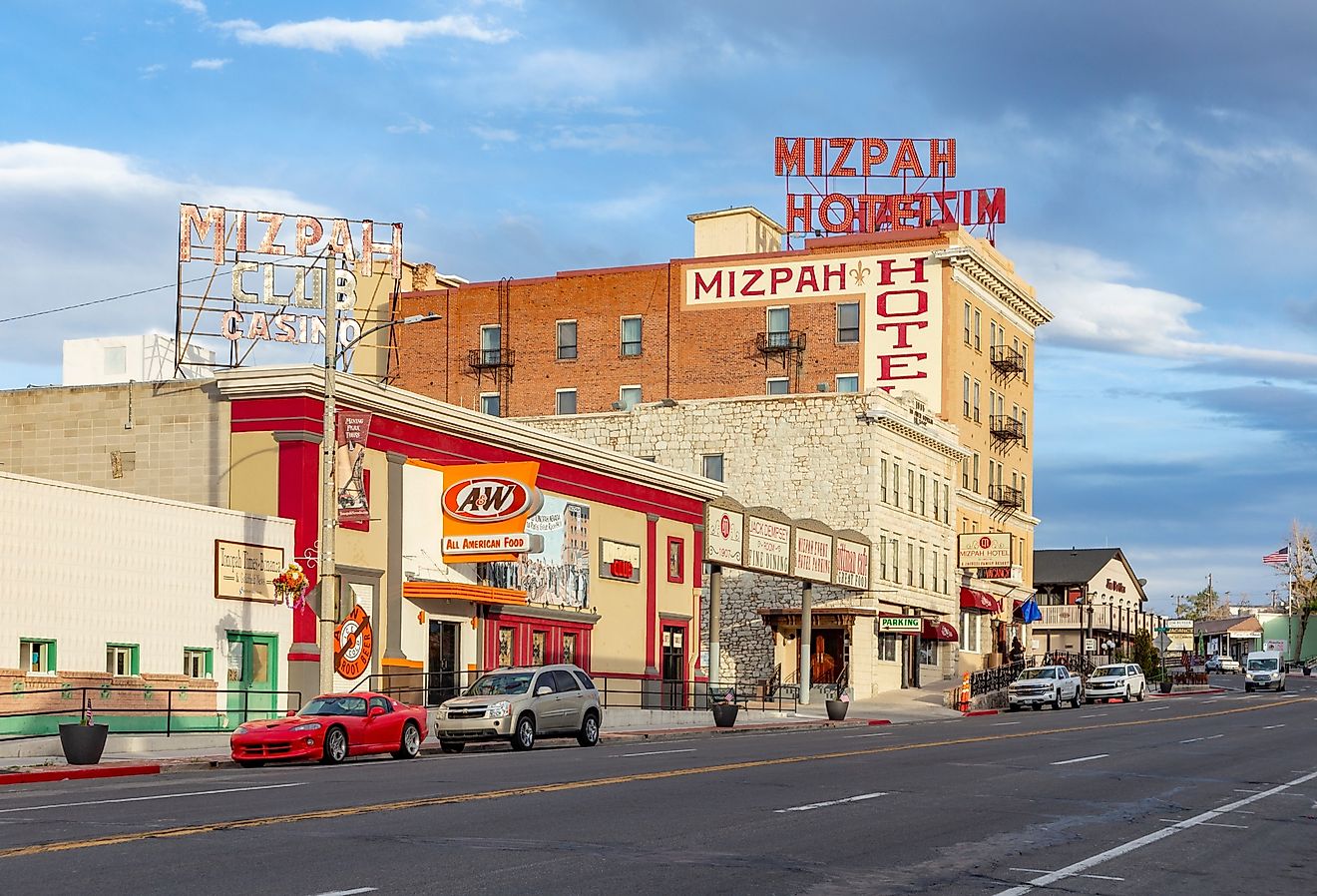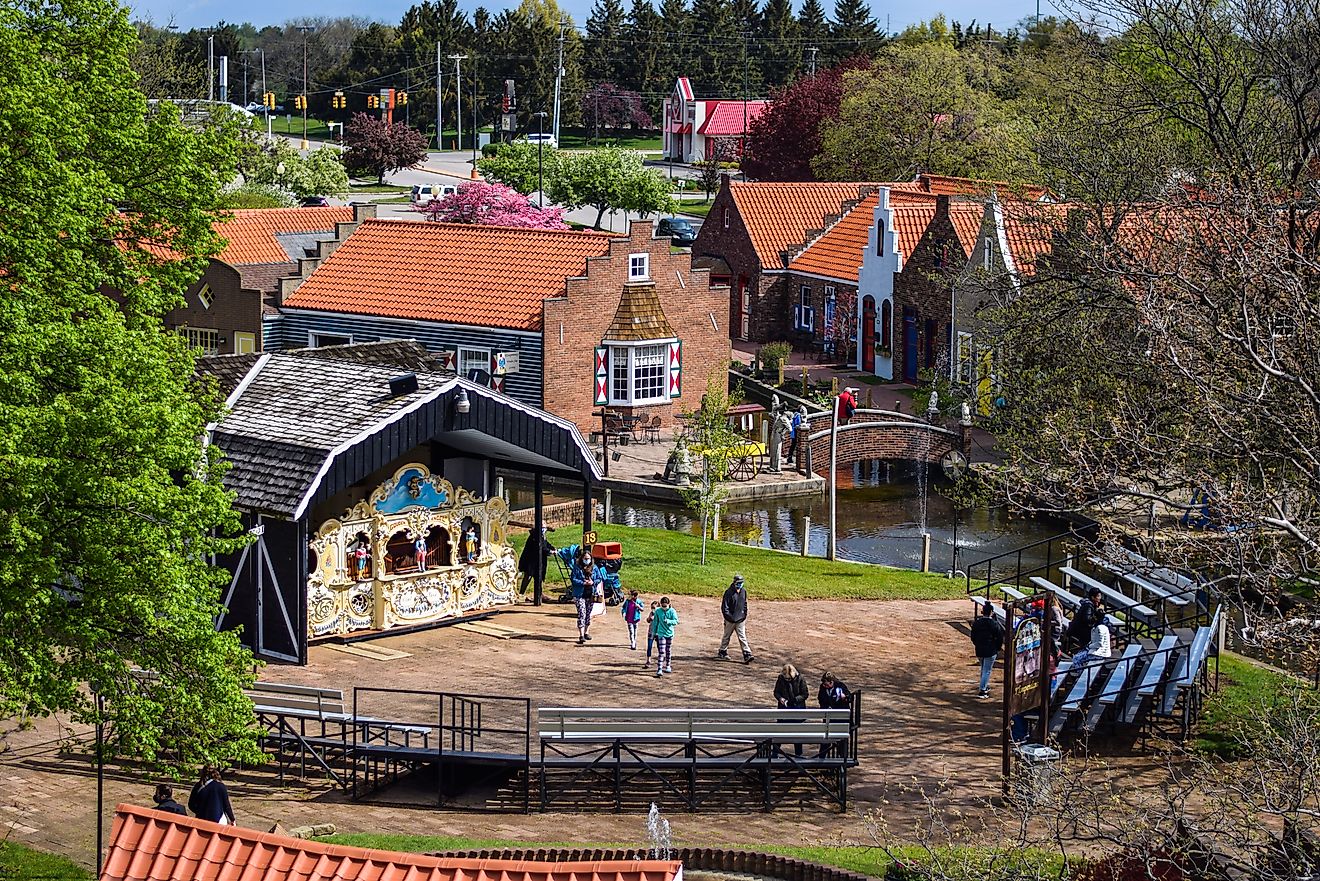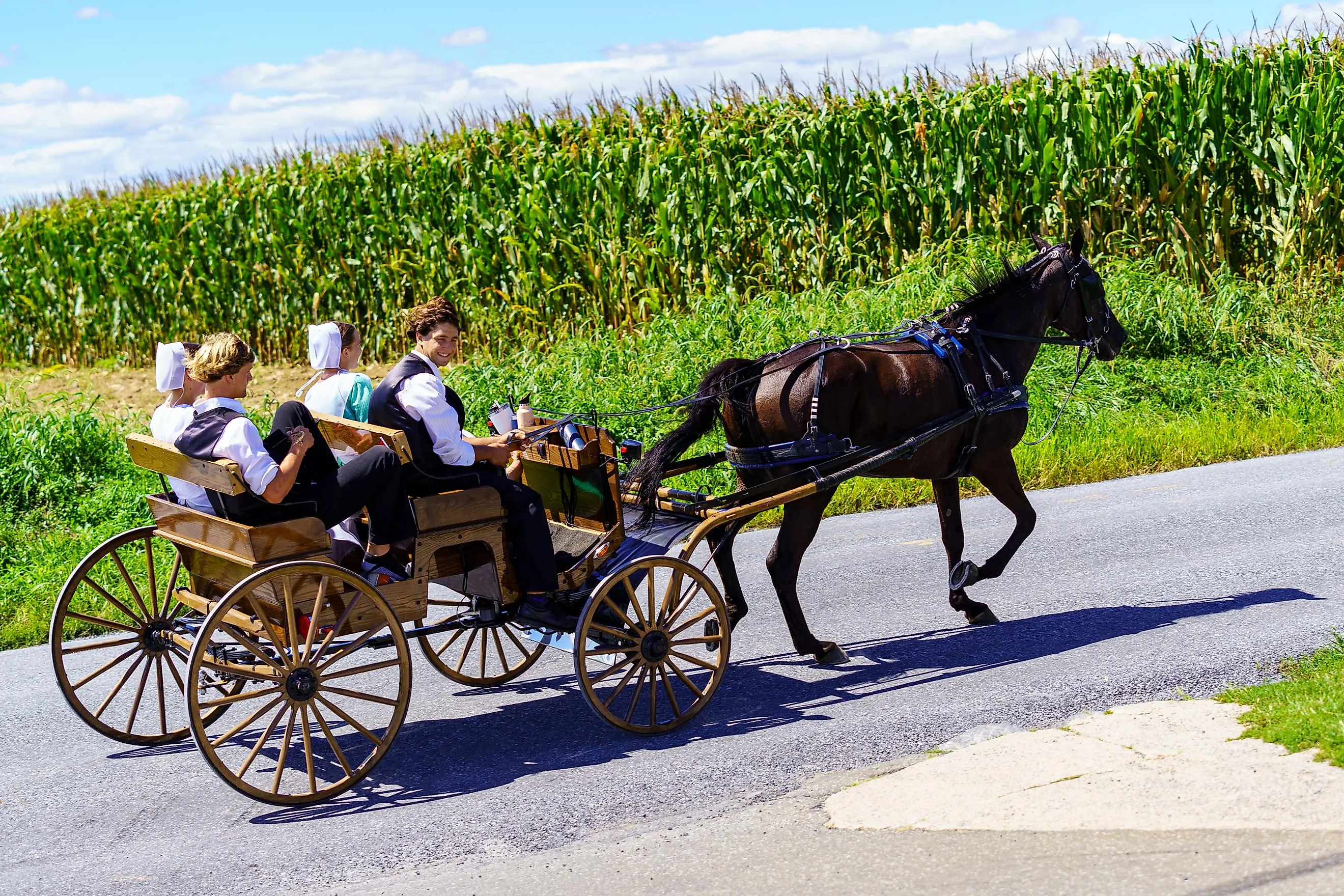
Largest Amish Communities In The United States
The Amish represent a subgroup of Christianity that emphasizes traditional family values, selfless community involvement, humble attire, a strong work ethic that predominantly avoids modern technologies, and above all else, the worship of Jesus Christ. There are approximately 40 varieties of Amish communities and 589 total settlements spread across 32 states (but largely skewed to Pennsylvania, Ohio, and Indiana), all of which ultimately trace their origins back to the 16th-century Swiss-German Anabaptist/Radical Reformation movement. Devout families began immigrating to rural areas in the United States in order to distance themselves from corruption in the church and the religious persecution that followed. Though a comparatively small demographic, because of their high birth rates (7 - 10 children per family) and strong retention of followers (~80%), the American Amish population has been steadily growing, particularly over the last two decades, and currently sits at an estimated 373,620. These are the largest community clusters in the U.S., as per 2020 estimates.
Lancaster County, Pennsylvania (40,525)
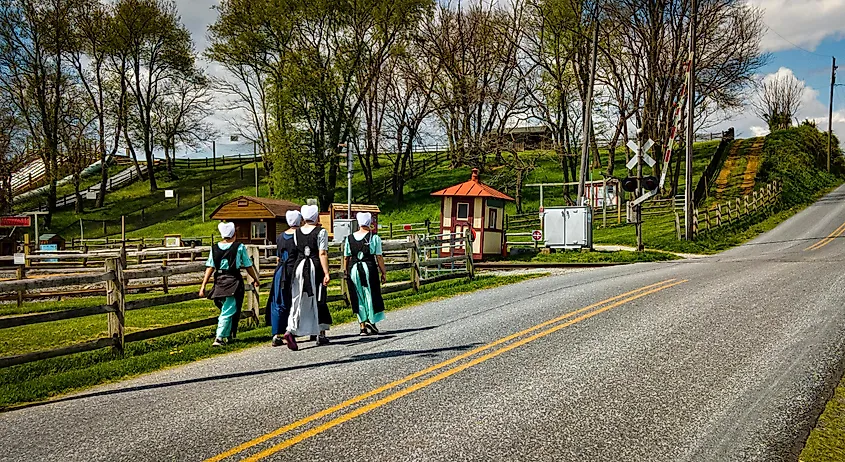
The largest and oldest Amish community in the United States gathers near the Susquehanna River in the Southeast corner of Pennsylvania. Lancaster County was founded in the 1720s but has more than doubled in population in the last 20 years. This community overlaps with the counties of Chester and York, with the key towns being Intercourse, Bird-in-Hand, Strasburg, Quarryville, Leola, Gordonville, and Gap. As well as garnering the most citizens, Lancaster is probably the best-known and most tourist-centric Amish settlement in America. As is commonly the case, the Pennsylvania Amish of Lancaster County relies on horse and buggy for their transportation and harness power from renewable energy sources – in this case, windmills. A total of 235 church districts serve this friendly and devout settlement.
Holmes County, Ohio (36,955)
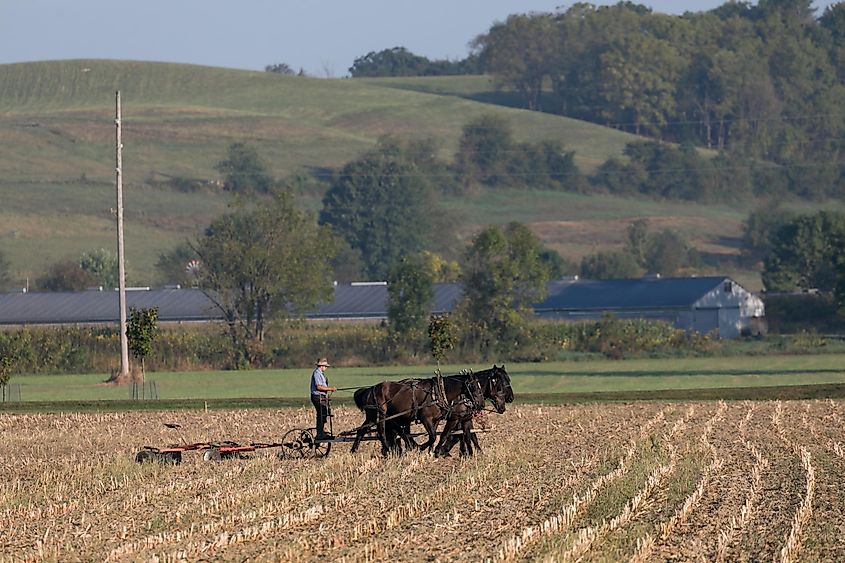
Holmes County, founded in 1824, is home to the second-largest Amish community in the state with the second-highest overall Amish population. Pennsylvania and Ohio tend to swap top positions over the years – together accounting for nearly half of the country's Amish population. This Central Ohio community is the focal point and key driver of growth for the area. Holmes County also includes the counties of Wayne, Coshocton, Tuscarawas, and Stark, as well as the towns of Berlin, Walnut Creek, Mt. Hope, Charm, Mt. Eaton, New Bedford, and Sugarcreek (to name a few). Along with the impressive membership numbers, this community is also the most diverse in the nation – merging four main religious affiliations, at least eleven Amish subgroups (such as the Swartzentruber Amish and the tractor-using New Order), and 288 church districts.
Elkhart-LaGrange County, Indiana (26,380)
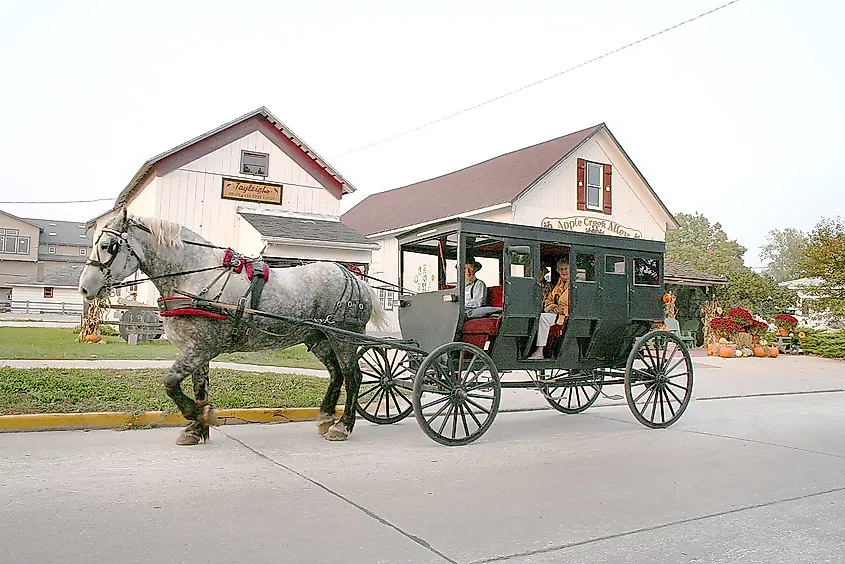
Indiana claims five of the top ten largest Amish communities, with Elkhart, Lagrange, and Noble Counties – collectively known as Elkhart-Lagrange – being the largest congregation in the state. Founded in 1841, this Northeastern Indiana community pushes up against the Southern Michigan border and is within shouting distance (or rather, a doable horse and buggy ride) of the Southern tip of Lake Michigan. Elkhart-Lagrange contains around 192 church districts (note: a church district typically involves between 20 - 40 families but may be as small as just a few households), and the key towns in this area include Shipshewana, Topeka, Middlebury, Millersburg, and Lagrange.
Geauga County, Ohio (18,820)
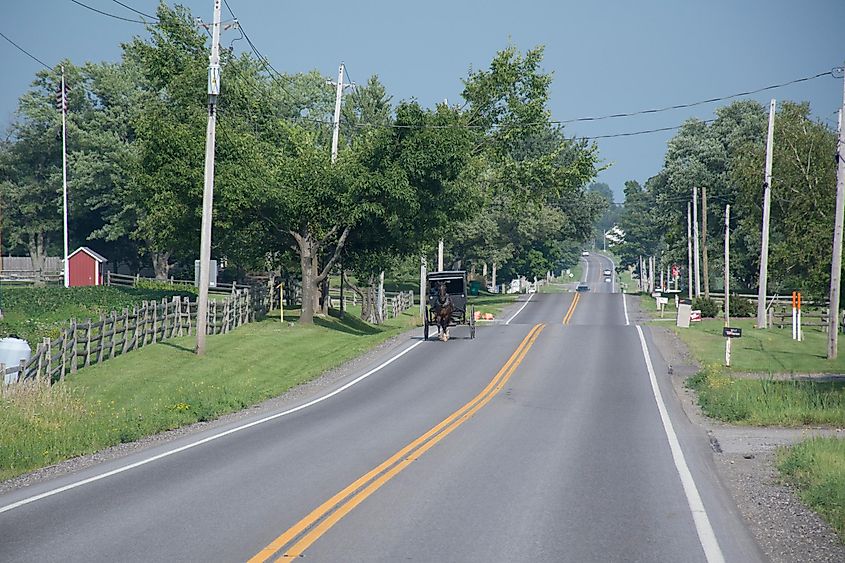
Geauga County sits in Northeastern Ohio, just East of Cleveland and near the South-Central shore of Lake Erie. The counties of Trumbull, Ashtabula, and Portage are also included within this umbrella, and the key towns, which together operate 131 church districts, include Middlefield, Burton, Parkman, and West Farmington. Founded in 1886, Geauga incorporates two main Amish affiliations: the "Mainline" group and the "Number Twos." Both sects participate in the local maple syrup industry as both producers and vendors, and they both rely on ice boxes that are scattered throughout the area for their food preservation – since the gas or propane refrigerators that are commonly used amongst other Amish are not adopted here.
Adams County, Indiana (10,305)
The last Amish community in the United States to eclipse the 10,000-person barrier is Adams County, also in Northeastern Indiana. This Swiss-Amish demographic practices subtly different customs than many of their German-Amish counterparts. For example, they almost exclusively drive open-top buggies (even in the winter), speak a different base dialect, and bring the unique vocalization of yodeling over from the laps of their ancestral nation. Adams County also includes the Indiana counties of Jay and Wells, plus the Ohio county of Mercer. The three dominant towns include Berne, Geneva, and Monroe – all of which lie on the same vertical stretch in Indiana and together comprise about 63 church districts.
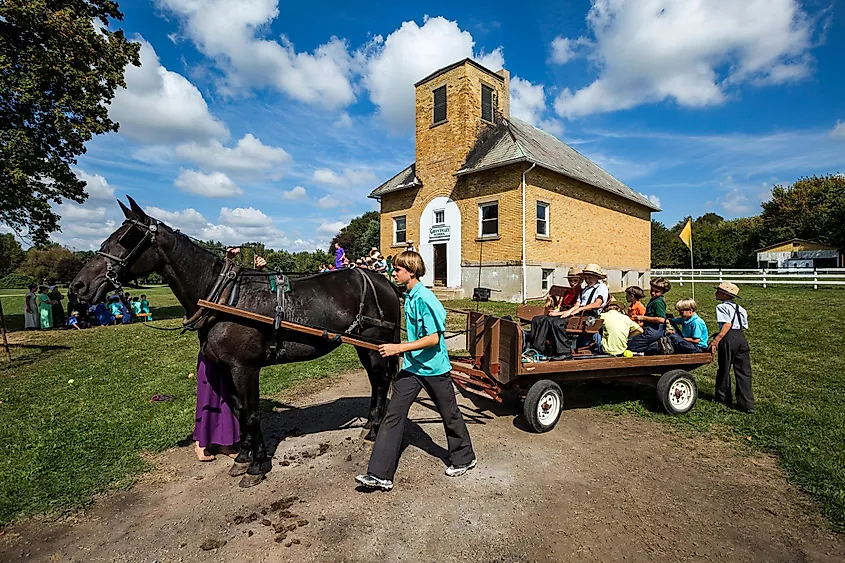
The Amish people of America represent a standout set of animated principles. Though their old-fashioned, conservative lives may look peculiar to those participating in the digital age, these growing communities prove that it is possible to buck the trend in a healthy and productive way. This unique branch of Christianity may have a small population base but it is rapidly growing. So now is the perfect time to get to know more about their culture and customs. Chances are that there are at least a few settlements in your home state. But in any case, if you are traveling through rural Pennsylvania, Ohio, or Indiana, in particular, consider engaging with the local businesses, markets, and churches. Sure, some communities are intentionally more closed off to non-Amish visitors, but many are happy to swap pleasantries (though they can be heard speaking a form of German known as "Pennsylvania Dutch," most do speak English), offer horse and buggy rides to tourists, and sell their hand-crafted/homegrown goods as functional souvenirs. Plan to detour through some of the largest Amish communities in the country, but also pay attention to the small-scale towns that live in much the same ways.
The 10 Largest Amish Communities
| Community Name | State | Counties | Estimated Population (2020) |
|---|---|---|---|
| Lancaster County | Pennsylvania | Lancaster, Chester, York | 40,525 |
| Holmes County | Ohio | Holmes, Wayne, Coshocton, Tuscarawas, Stark | 36,955 |
| Elkhart-LaGrange County | Indiana | Elkhart, LaGrange, Noble | 26,380 |
| Geauga County | Ohio | Geauga, Trumbull, Ashtabula, Portage | 18,820 |
| Adams County | Indiana | Adams, Jay, Wells, Mercer | 10,305 |
| Nappanee | Indiana | Nappanee, Bremen, Wakarusa | 6,300 |
| Davies County | Indiana | Montgomery, Cannelburg, Odon | 5,465 |
| Arthur | Illinois | Douglas, Moultrie, Cole | 4,095 |
| Big Valley | Pennsylvania | Mifflin, Huntingdon | 4,090 |
| Allen County | Indiana | Allen | 3,445 |
